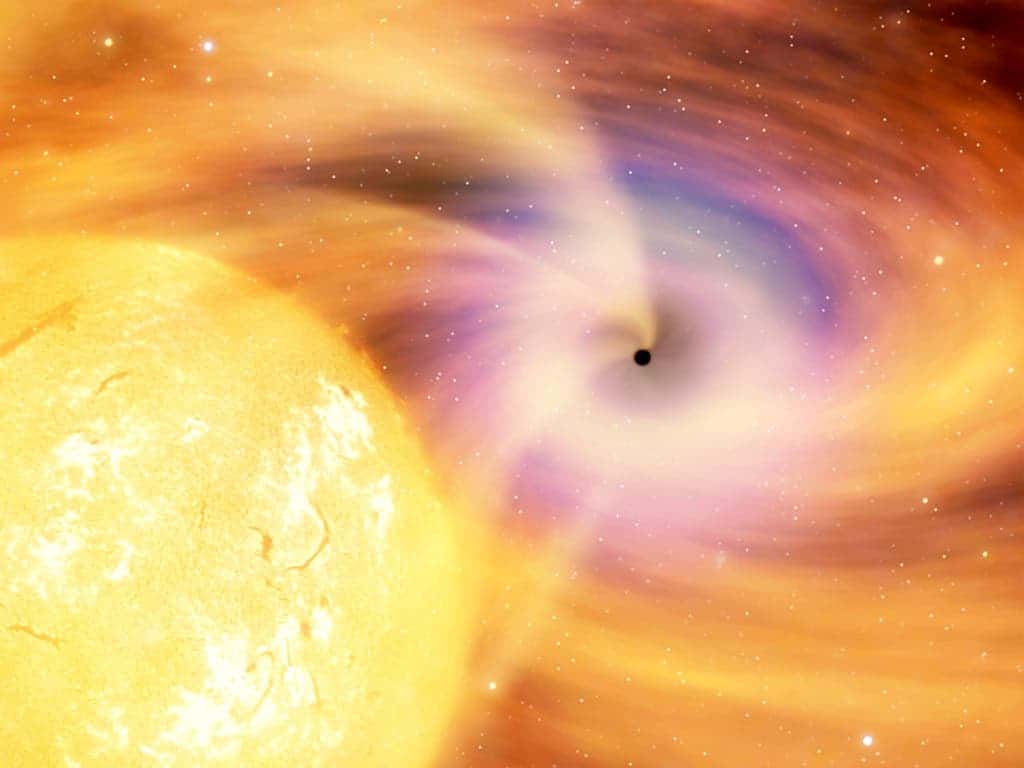We’ve all seen at least one movie in which our planet is destroyed, but most of them were quite repetitive and kind of uninteresting. Our planet deserves so much more!
Black holes
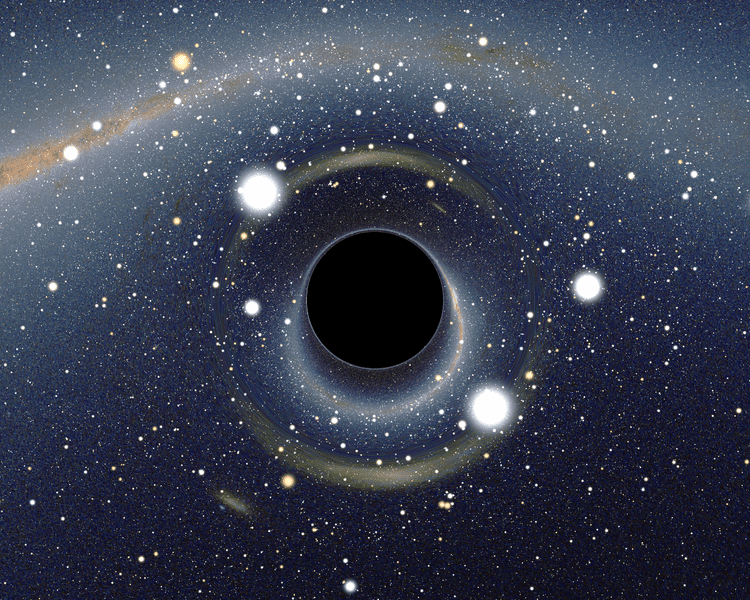
Black holes are regions of space with a gravitational field so powerful that absolutely nothing, not even light can escape them once it hits the event horizon, aka the point of no return (it’s believed that they do emit a radiation, but that’s not the topic here). Since light can not escape from them, we see them as black.
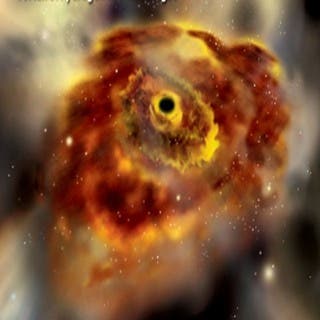
There is no telling what the inside of a black hole looks like, but we can estimate certain things by analyzing the stars and planets surrounding it. The thing about the black holes is, they have a nasty habit of pulling things towards them. Now, when you’re dealing with something that can be as heavy as a thousand billions suns (1.000.000.000.000!!), you don’t wanna joke around with it. There is a supermassive black hole in the center of our galaxy, and researchers concluded that almost all, if not all galaxies have one, and these supermassive ones may have actually contributed to the creating of galaxies. Yeah, they may be the reason why we exist, and they may very well be the reason we cease to exist, according to some scientists.
Supernova
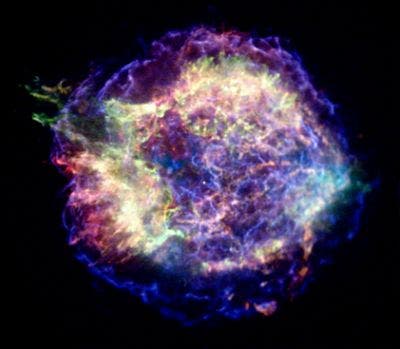
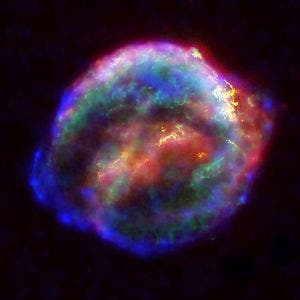
Supernovas occur every 50 years and if the Earth would be on the direction of one, it wouldn’t be destroyed, but the whole atmosphere will be wiped out and the supernova will bring clouds of dust and gas weighing several times as much as our whole solar system. However, we would be filthy rich, since researchers believe a supernovae created the heavy elements (gold and uranium, for example) found on our planet.
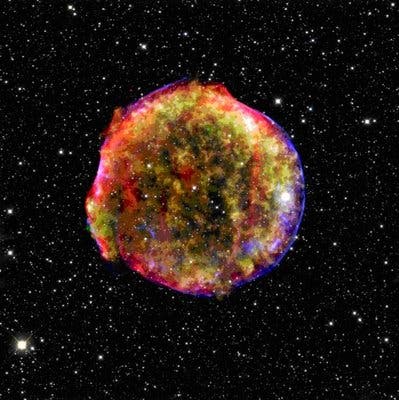
Asteroid/Comet/other NEO impact
As Col. Gen. O’Neill so eloquently puts it – ‘I’ve seen this movie. It hits Paris‘.
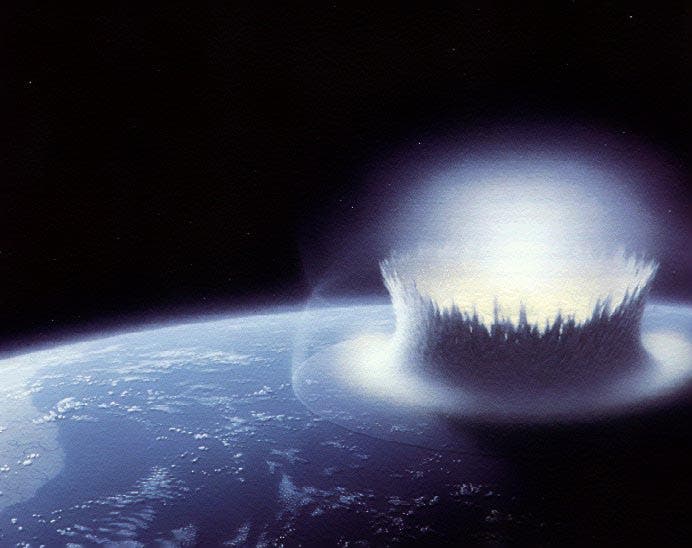
Well, when it comes to NEOs (near Earth objects), one thing’s for sure: our atmosphere saves us every week, literally. How often have you heard of a meteorite, for example, hitting Earth? I think not so often. Why not? Well, it’s either the government trying to hide everything, or they actually don’t hit our planet that often (protip: go for the 2nd option).
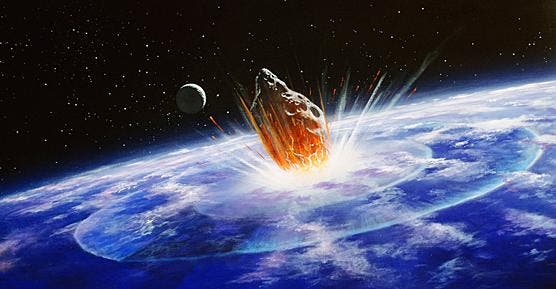
In the vast majority of the cases, atmosphere causes a tremendous amount of friction that literally burns the meteorite (an asteroid becomes defined as a meteorite when it enters our atmosphere). However, what happens when the it’s so big that there’s not enough time for it to fully burn, and this massive fireball breaks through our atmosphere? There’s a belief that 65 million years ago, an asteroid destroying almost all (or all) of the large vertebrates, leaving our planet subject to a mass extinction. It’s practically impossible to accurately determine the chance of another one such as that to hit our planet again, but it’s estimated that one as big as 1/5 of it hits our planet every million of years or so. Well, I haven’t heard of such a big impact recently… maybe it’s overdue?

Cannibal galaxies
It’s a dog eat dog out there, and this is natural selection at its best. Whether you believe it or not, sometimes galaxies grow by devouring their own; it gets even better – the Milky Way is no exception. Yep, that’s right. Just a few years ago, astronomer Steven Majewski showed that our galaxy feasted on the Sagittarius galaxy, which gets close to us every 750 million years or so. Even our own neighbor, Andromeda is planning to gobble up a galaxy named M33 in the constellation of Triangulum.

As was the case with the black holes, galaxy formation and galaxy destruction go hand in hand. I can’t help but appreciate the irony.
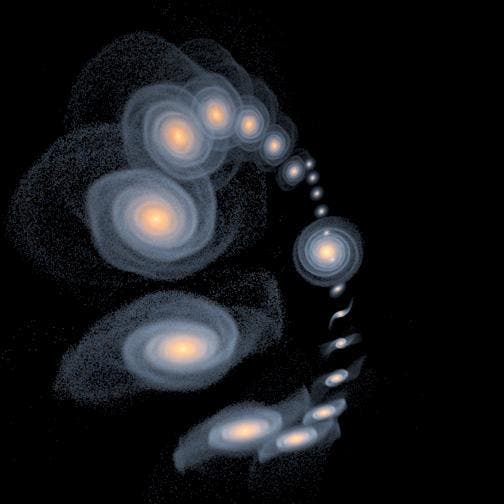
Gamma Ray Burst
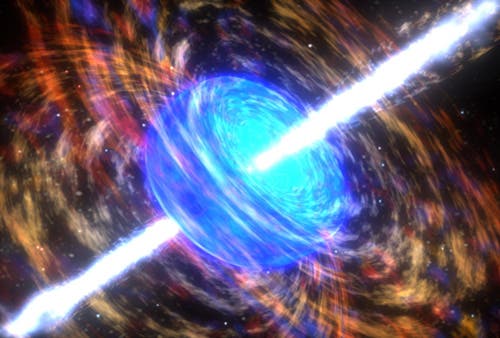
Gamma rays don’t only give Hulk his powers, they also have other extremely interesting properties. A gamma ray is basically an electromagnetic radiation of very high energy, practically most luminous electromagnetic waves that we have knowledge of. They have extremely high frequencies (10^19 Hz), and thus really high energies and small wavelengths.
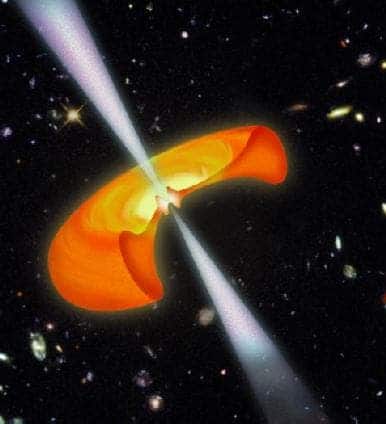
However, gamma ray bursts often have an afterglow effect as the longer wavelengths arrive slightly later. If our planet would be in the way of such a ray, the ozone would be depleted and our planet would be subject to all the UV rays, leading to a short and hopeless extinction. It’s believed that it was such a burst that caused the Ordovician-Silurian planetary extinction that took place about 444 million years ago.
Sun’s death

Think of our sun as a huge power source, running on fuel that is not endless. Unless we someday find some way to reverse nuclear fusion, the sun will run out of fuel, will become a red giant, and then a white dwarf. Well, don’t worry, there’s still about 5 billion years until that happens, but the change is gradual. The sun gets hotter and hotter and probably by the time it (almost) becomes a red giant, life on Earth will already be extinct. Oh well, after 10 billion years of delivering heat and light towards our solar system, a permanent vacation is nothing short of what our sun deserves.
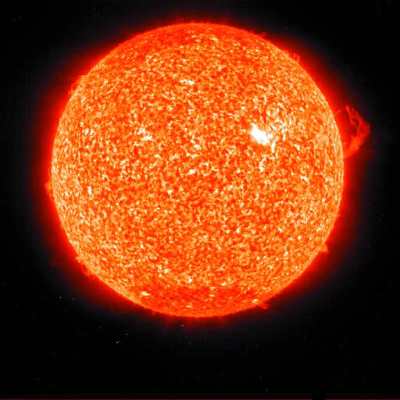
The big rip
Well, the name pretty much speaks for itself here. The big rip is all about matter being ripped. Basically, it starts on the fact that the whole Universe is expanding, heavily relying on relies the type of dark energy in the universe. Dark energy is a hypothetical kind of energy that saturates all the universe and is ‘pulling’ its edges, making it expand. If this theory were to happen, a while before the big rip makes its final move, the Solar System will be gravitationally unbound. The stars and planets will just drift, and after that, they will be torn from their very core. The same thing will happen at atom scale.
The Heat death of our Universe
The heat death is explained the most easily in physical terms: it is a state in which the Universe has reached maximum entropy. It is a final stage in which the Universe can no longer provide thermodynamic free energy in order to sustain any form of life as we know it. The result would be that temperature would asymptotically be absolute 0. What we do know now is that entropy can be produced at least for 10^100 years (which is the time estimated for the black holes to ‘run out’), but after that, the Universe will enter it’s dark era, or to put it in layman’s terms, die.
